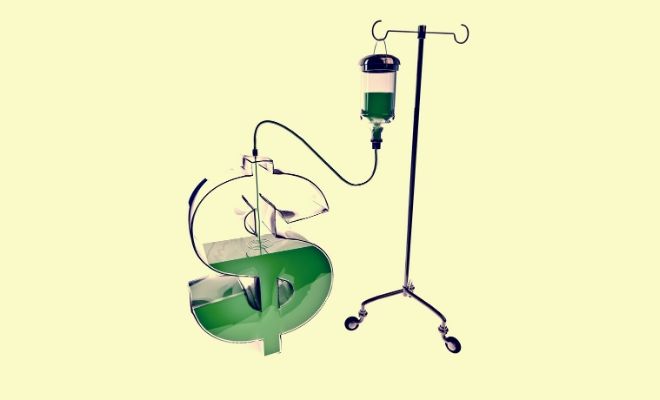When Brazil’s public healthcare system turned 30 years old, back in 2018, we at The Brazilian Report took a deep dive into its merits and shortcomings. Arguably the world’s biggest public health network, the SUS (Unified Healthcare System) reaches more than 70 percent of the population. It made Brazil a reference in the international health community, according to the World Bank, and an example to other countries that are trying to establish more equitable health systems. But one thing is preventing the SUS from reaching its full potential: massive underfunding.
An exclusive study by The Brazilian Report shows that, in 13 of Brazil’s 27 states, daily investments in healthcare services amounted to less than BRL 1 (USD 0.19) per capita between 2017 and 2019.
The study was based on official data of the SIOPS, Brazil’s Information System on Public Health Budgets. Numbers from 2020 are incomplete, as some states have yet to register their spending — which led us to discount these figures from our research.
Less than BRL 1 per day on health
The states of Alagoas, Bahia, Ceará, Goiás, Maranhão, Minas Gerais, Pará, Paraíba, Paraná, Pernambuco, Piauí, Rio de Janeiro, and Rio Grande do Norte all spent between BRL 0.75 and BRL 0.95 a day, per person, on public healthcare actions in 2019. In previous years, these state administrations spent between BRL 0.65 and BRL 0.92.
According to Brasil.IO, a web-based platform that compiles state-level coronavirus...


 Search
Search






































